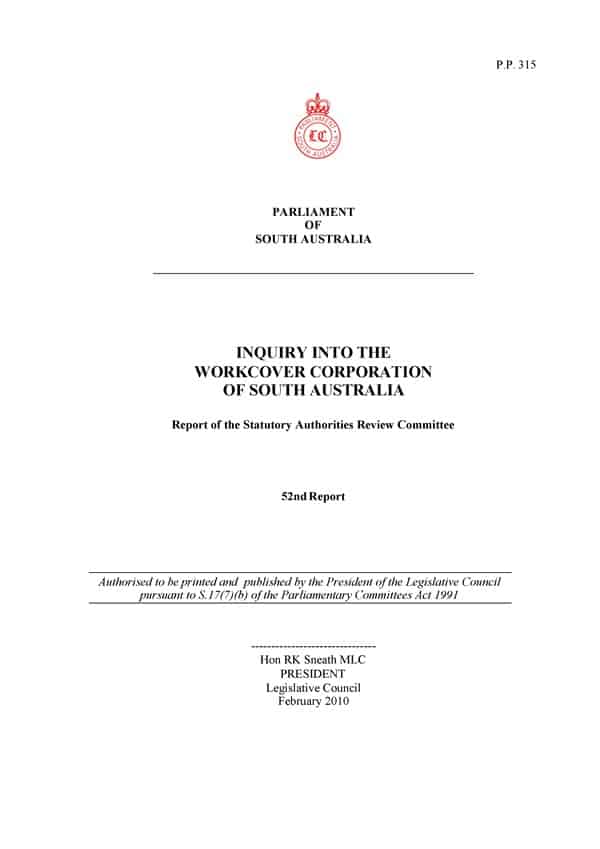As an example of “tabloid TV” the Today Tonight (TT) report broadcast on 17 February 2010 concerning children assisting workers to install insulation, was very good. It probably benefited from my own appearances remaining brief.
The topicality of a story on the home insulation industry could not have been higher yesterday as a Senate inquiry into the Australian Government’s environment and job creation scheme held hearings in Melbourne. TT led its show with the scandalous report.
The video of a young boy handling large bags of insulation on a roof is disturbing; the unprotected handling of the insulation material by the young boy is similar. That the children were allowed to be on the roof by the homeowner and parents is a parental supervision issue and outside the scope of this blog. That the workers allowed them to be present and did not tell the children to get down is more disturbing and a clear breach of the workers’ OHS obligations. Continue reading “Reviewing Today Tonight’s insulation exclusive”

